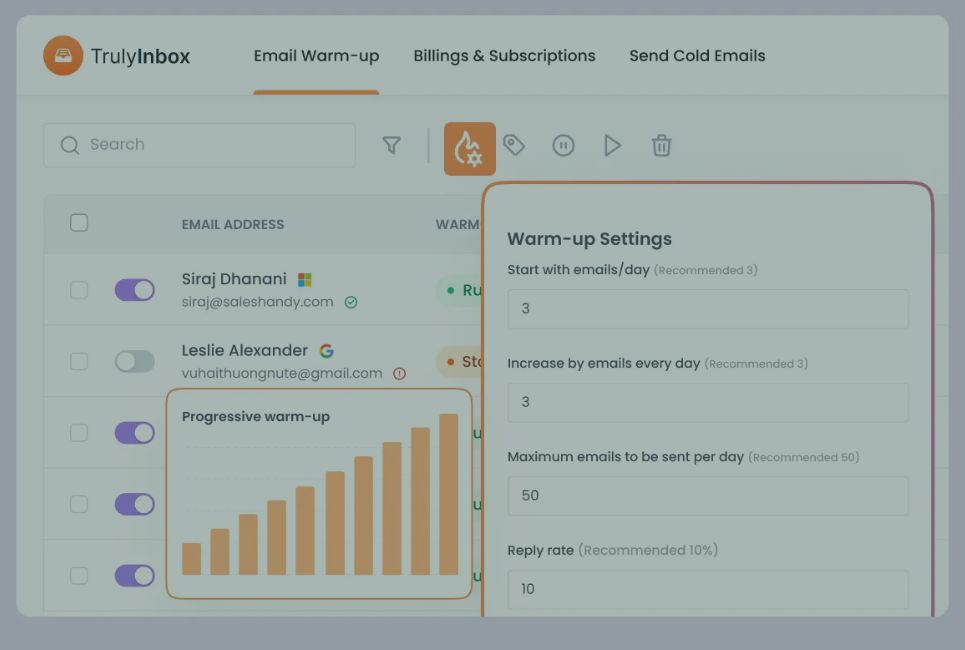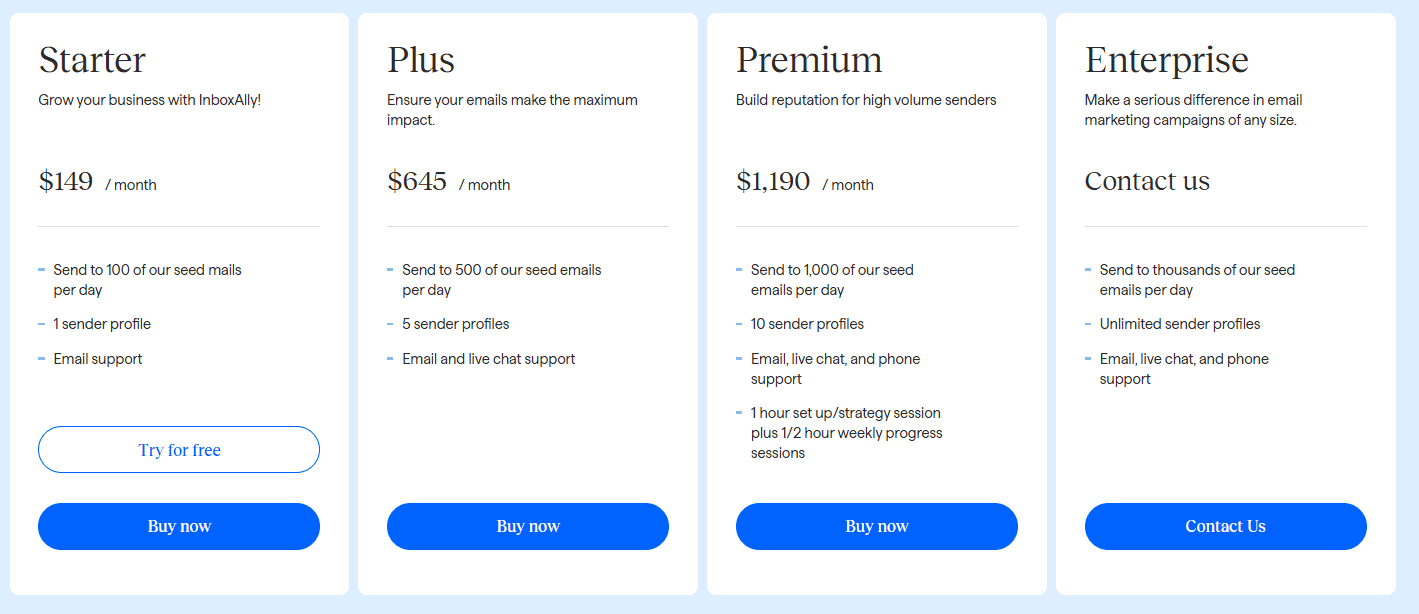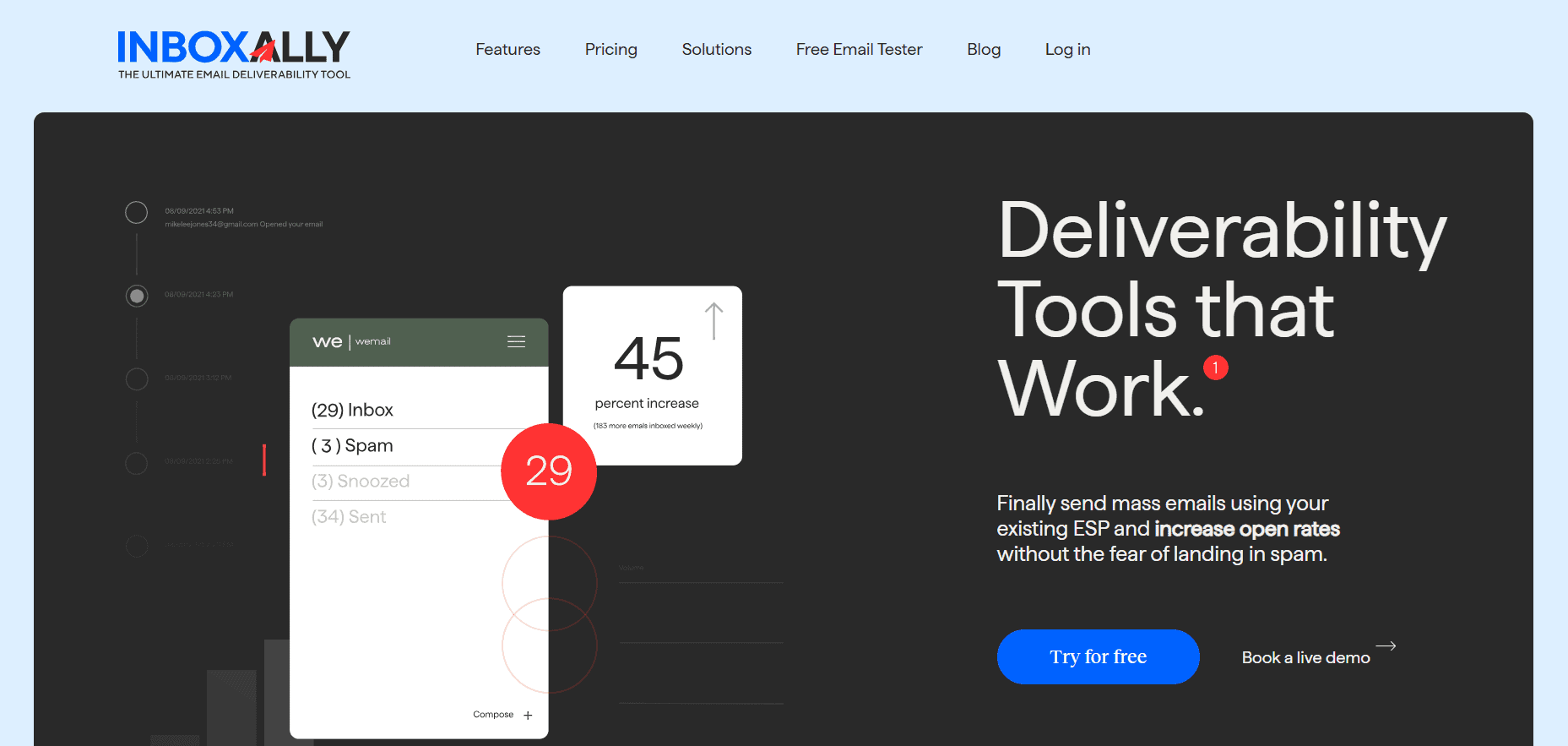Last Updated on November 28, 2025 by Ewen Finser
You can write the perfect cold email, nail the copy, personalize every line, and still fail if it never lands in the inbox. Deliverability isn’t a side issue in 2025; it’s the make-or-break factor that decides whether your campaign even has a chance.
That’s why warm-up and deliverability platforms have exploded in the last few years. Their job is simple: earn trust with providers, repair sender reputation, and prove your emails deserve a place in the inbox.
Two names I keep seeing in this space are TrulyInbox and InboxAlly. On paper, they solve the same problem. In practice, their philosophies couldn’t be further apart. One is built around affordability. The other is a serious enterprise-grade tool with diagnostics and top-notch support.
I wanted to compare both sides — pricing, features, usability, and results — and land on a clear verdict on which tool I’d actually recommend depending on your needs.
TrulyInbox vs InboxAlly: Quick Verdict (for the skimmers)
If I had to call it in one line: TrulyInbox is the budget-friendly workhorse, while InboxAlly is the premium specialist.
- TrulyInbox makes sense if you’re a freelancer, small team, or agency running multiple accounts. Unlimited warm-ups on every plan, starting at just $22/month, is hard to beat.
- InboxAlly is for teams that want more than warm-up. You’re paying for placement testing, domain health checks, and content scoring, but at $149 per account, the jump in cost is significant.
My take is this: Freelancers and SMBs can rely on TrulyInbox as a cheaper option that still delivers value. Anyone else looking for a serious deliverability tool, InboxAlly’s advanced diagnostics and support are hard to beat. The rest of this comparison breaks down where each excels (and where they don’t).
Pricing Comparison
This is probably the clearest point of difference between the two tools.
InboxAlly starts at $149/month for a single sender profile with 100 seed emails per day. From there, the jump to the Plus plan starts at $645/month for five profiles, and the Premium plan at $1,190/month for ten profiles. There’s also an enterprise tier with custom pricing. You’re essentially paying per inbox, which can become a noticeable investment as you scale up.
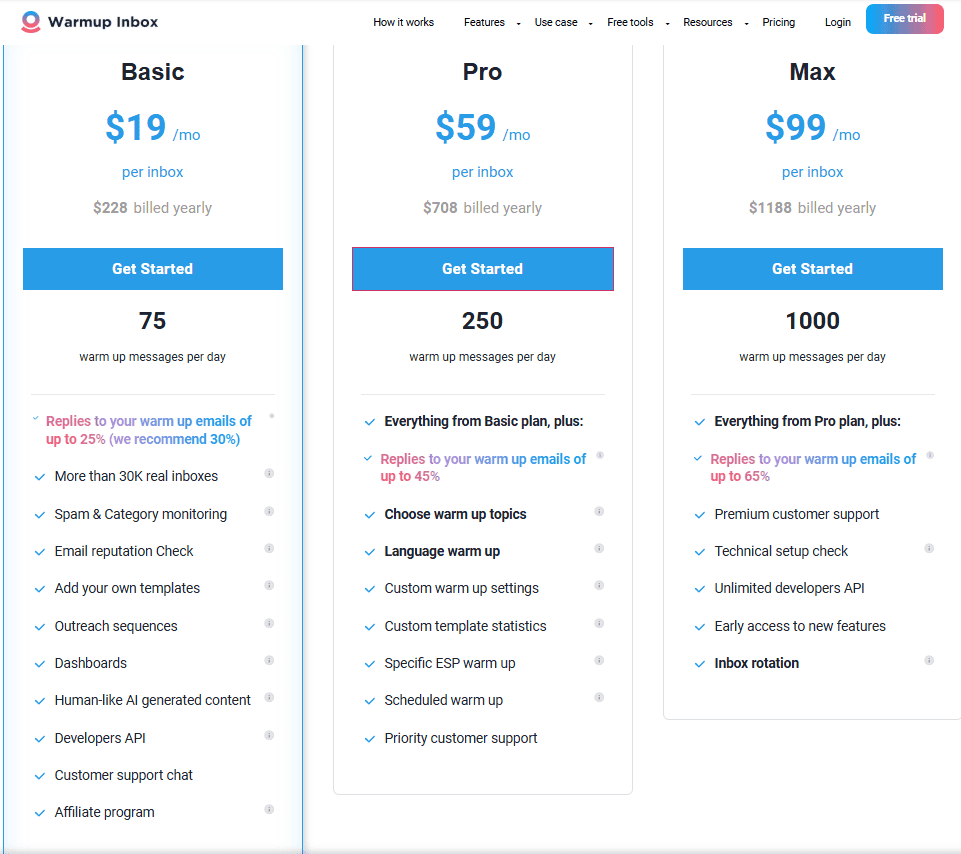
TrulyInbox, on the other hand, offers a forever-free plan (limited to 10 warm-up emails/day), and its Starter plan is just $22/month. That includes unlimited accounts and up to 100 warm-up emails per day. Step up to the Growth plan at $59/month, and you’re looking at 1,000 warm-up emails/day (still with unlimited accounts).
The difference is stark: with InboxAlly, adding more inboxes means multiplying your bill. With TrulyInbox, you can scale across as many accounts as you want without blowing up your budget, but you do give up some of the advanced features and fine-tuned effectiveness that InboxAlly has.
For me, InboxAlly’s pricing feels very enterprise-tier, aimed at teams willing to pay for deep diagnostics and better results overall. TrulyInbox is built for cost-effective scaling where the main need is simple warm-up across many accounts.
Core Features Face-Off
Both tools promise better inbox placement, but they get there in very different ways. Here’s how their core features compare.
1. Warm-up
InboxAlly relies on structure. Its warm-up planner lets you pick from presets like Reputation Repair, Boost, or Protect, or build your own custom plan. It’s quite useful if you want full control over how warm-up runs.
TrulyInbox, on the other hand, focuses on natural behavior. It generates AI-written warm-up emails, replies in human-like patterns, stars messages, even varies send times. It mimics the messy randomness of real inbox activity instead of looking like a script.
Takeaway: InboxAlly builds with strategy, while TrulyInbox is more about passing the sniff test with authentic-looking interactions.
2. Placement testing & reporting
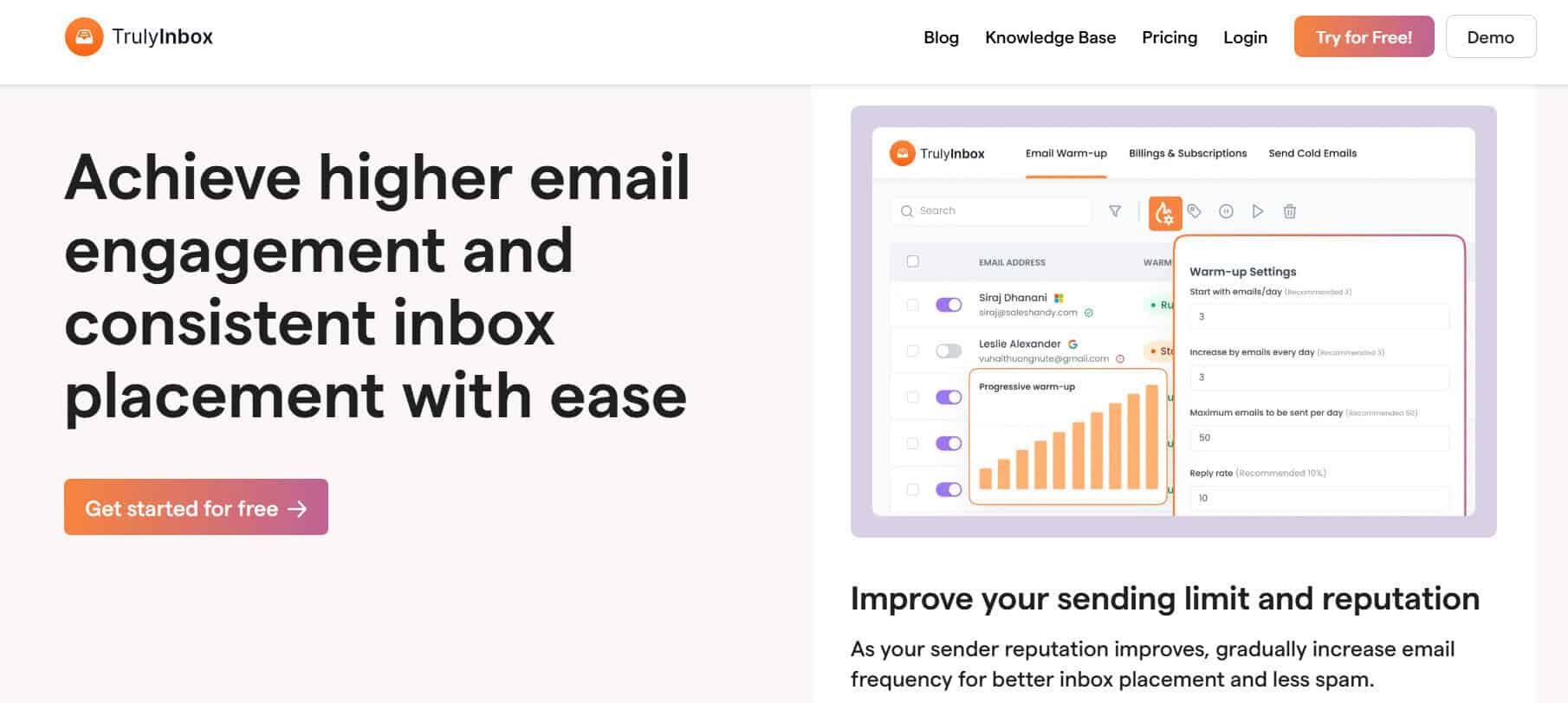
Yet another aspect where these two tools differ. InboxAlly lets you run placement tests across Gmail, GSuite, Outlook, Yahoo, and Hotmail, then shows results in clean graphical reports.
TrulyInbox is far simpler: daily reports on warm-up performance (inbox vs spam, deliverability rate). No seed tests or provider breakdowns, unfortunately.
Takeaway: InboxAlly is clearly better in this category.
3. Email content tools
InboxAlly comes with a content tester that marks spam trigger words, scores subject lines, and can even auto-rewrite an email (though I’m not convinced it does it flawlessly). It’s a nice extra if you want to fine-tune copy before sending.
TrulyInbox doesn’t test campaign content, but its AI-generated warm-up messages are realistic enough to improve reputation organically.
Takeaway: InboxAlly helps optimize creative; TrulyInbox keeps focus on the warm-up itself.
4. Domain reports & audits
InboxAlly gives you full domain health checks for SPF, DKIM, DMARC, BIMI, and MX, so you can see exactly where your technical setup stands.
TrulyInbox has none of these. There’s no dedicated audit beyond basic warm-up reporting.
Takeaway: If you care about technical audits, InboxAlly is the only option here.
5. Integrations
InboxAlly is light, with HubSpot as its only noted integration.
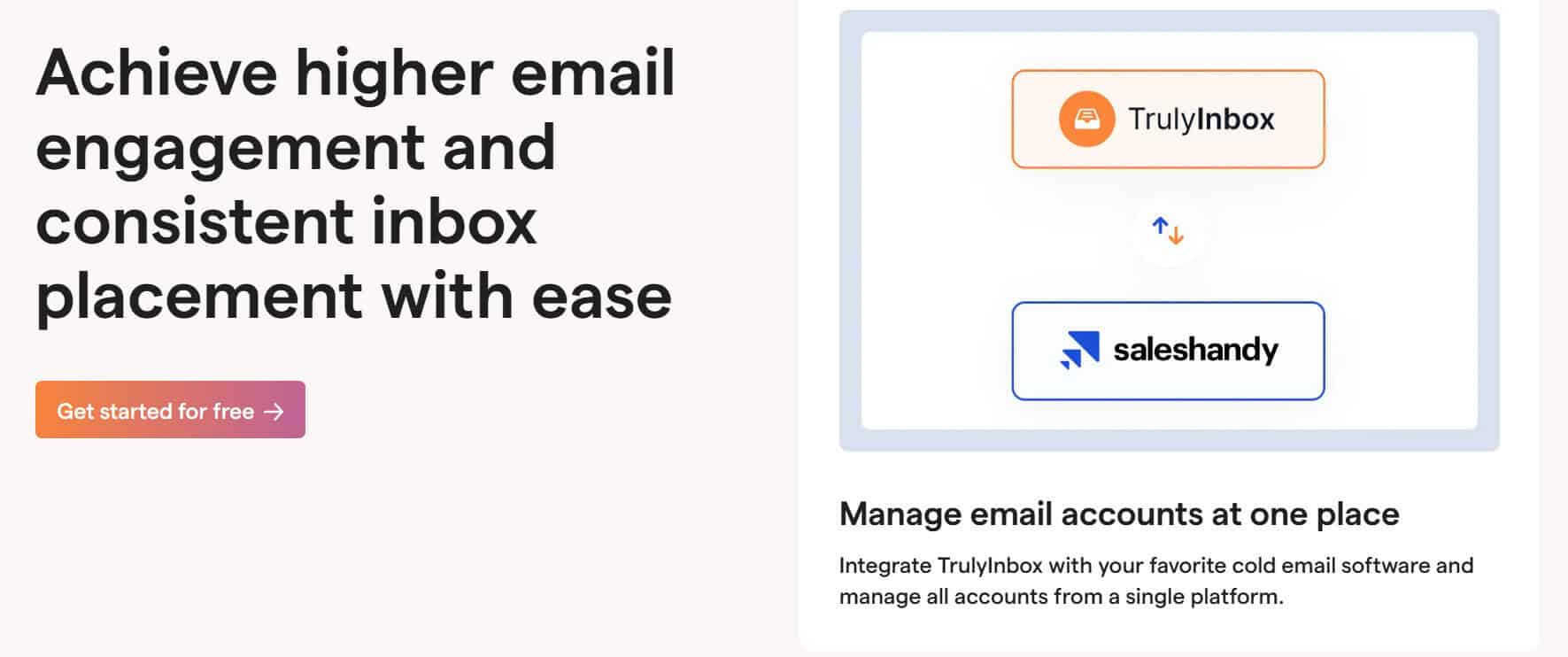
TrulyInbox connects directly with Saleshandy, creating a seamless cold outreach workflow where you can buy domains, warm them up, then run campaigns in one ecosystem.
Takeaway: InboxAlly is more isolated, while TrulyInbox plugs into a larger outreach stack.
Ease of Use & Setup
Getting started with InboxAlly isn’t difficult, but it isn’t effortless either. The onboarding checklist and demo data are thoughtful touches since you can visualize how reports will look before sending a single email. Still, the dashboard packs in a lot of information, and for non-technical users, it can feel like you’re staring at a cockpit. If you’re comfortable with deliverability jargon, it’s fine. If not, the learning curve can get overwhelming.
TrulyInbox is refreshingly simple. Setup takes under five minutes via SMTP or OAuth, and the dashboard is almost impossible to get lost in. You pick your warm-up parameters, check the daily reports, and you’re done. No head-scratching, no wasted clicks.
Verdict: TrulyInbox nails usability because it doesn’t overcomplicate things. InboxAlly takes longer to learn, but the trade-off is more control and more insight, which I think is exactly what most senders are looking for.
Deliverability & Performance Results
This is one of the aspects where I don’t think the difference is nearly as big as the pricing suggests.
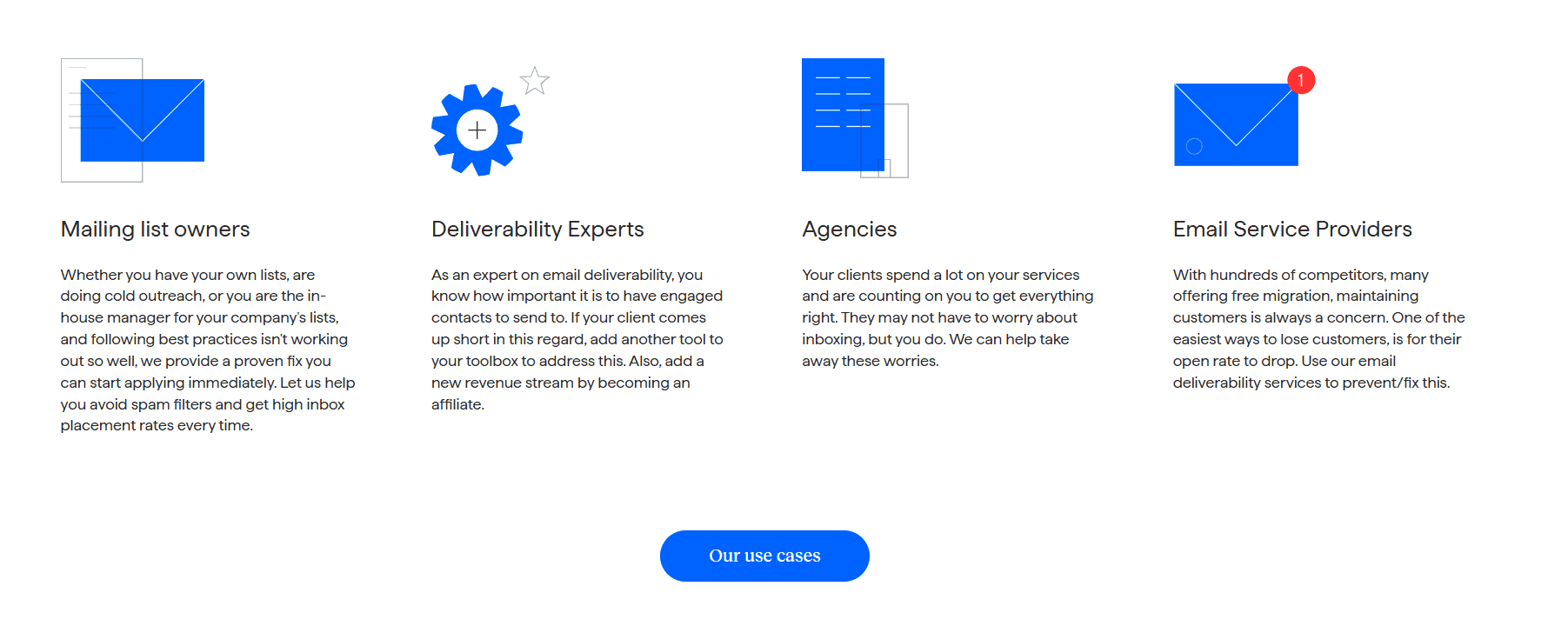
With InboxAlly, my testing over three weeks showed a noticeable improvement. More emails landed in the Primary tab, and the reports backed that up. Its structured warm-up plans and engagement rules deliver results — no question there. But the most common sentiment I’ve seen from other users mirrors my own: it works, but it’s pricey. Great customer support softens the blow, but it doesn’t eliminate it.
TrulyInbox, by contrast, was a surprise. Even with fewer bells and whistles, reviewers (and my own checks) showed inbox placement hovering around 95–97% within four weeks. That’s a very similar outcome to InboxAlly, just cheaper. It takes care of the essentials: warm-up done well, without overcomplicating it.
Takeaway: Both platforms improve deliverability. TrulyInbox gets impressively close for the price, but InboxAlly’s more premium warm-up plans and diagnostics make it the safer choice whenever inbox placement is non-negotiable. For freelancers and smaller senders, the cost might not be worth it. For enterprises, it absolutely is.
Pros & Cons (Side by Side)
Here’s how I see the trade-offs after spending some time with both tools.
TrulyInbox – Pros
- Free plan available (forever)
- Affordable paid plans (Starter at $22/month)
- Unlimited accounts on every plan
- AI-generated warm-up copy with human-like behavior (replies, stars, variable timing)
- Simple, five-minute setup
- Saleshandy integration fits neatly into cold outreach workflows
TrulyInbox – Cons
- Free plan’s 10 emails/day cap is mostly a teaser
- No advanced analytics or placement testing
InboxAlly – Pros
- Rich diagnostics: placement tests, domain reports, content scoring
- Customizable warm-up presets (repair, boost, protect)
- Placement testing across major providers
- Content tester with spam trigger analysis
- Domain health reports (SPF, DKIM, DMARC, BIMI, MX)
- Great support on higher-tier plans (chat + phone)
InboxAlly – Cons
- Higher cost: $149/month per account
- Limited integrations (only HubSpot noted)
- Steeper learning curve for non-technical users
Verdict: I think TrulyInbox makes sense for most freelancers and SMBs. But once you start scaling into higher volumes where you can make use of precise deliverability diagnostics, InboxAlly starts showing why so many businesses rely on it nowadays.
Which Tool Should You Choose?
At the end of the day, the question when choosing between the two is whether you want lean efficiency or enterprise-level features.
Go with TrulyInbox if…
- You’re a freelancer, solopreneur, or small team watching costs.
- You manage multiple inboxes at once and don’t want to pay per account.
- You just need a warm-up that works, without paying for layers of extras.
Choose InboxAlly if…
- You need advanced placement testing and domain-level reports.
- You’re an enterprise or larger agency with a budget for premium deliverability tools.
- You want a platform that includes content testing and diagnostics in one place.
Both have their place, but I’d argue most freelancers and small-sized businesses will see better ROI with TrulyInbox. It delivers decent inbox placement results, scales on a budget and keeps things simple. InboxAlly is powerful, though it could be overkill unless you have the budget and the need for what it offers. It’s my pick for enterprise-level businesses in particular, but I think some mid-size businesses with the right budget could benefit from its features.
Verdict: TrulyInbox is the practical pick for those with more humble expectations and a tighter budget; InboxAlly is for anyone willing to invest in premium deliverability and expect top-tier results.
InboxAlly is the comprehensive suite I need to solve challenging deliverability problems across the board. It's like a triage hub for diagnosing and fixing email deliverability rates in one dashboard. I've tried a lot of tools, but this is the one I've stuck with.
Alternatives Worth Mentioning
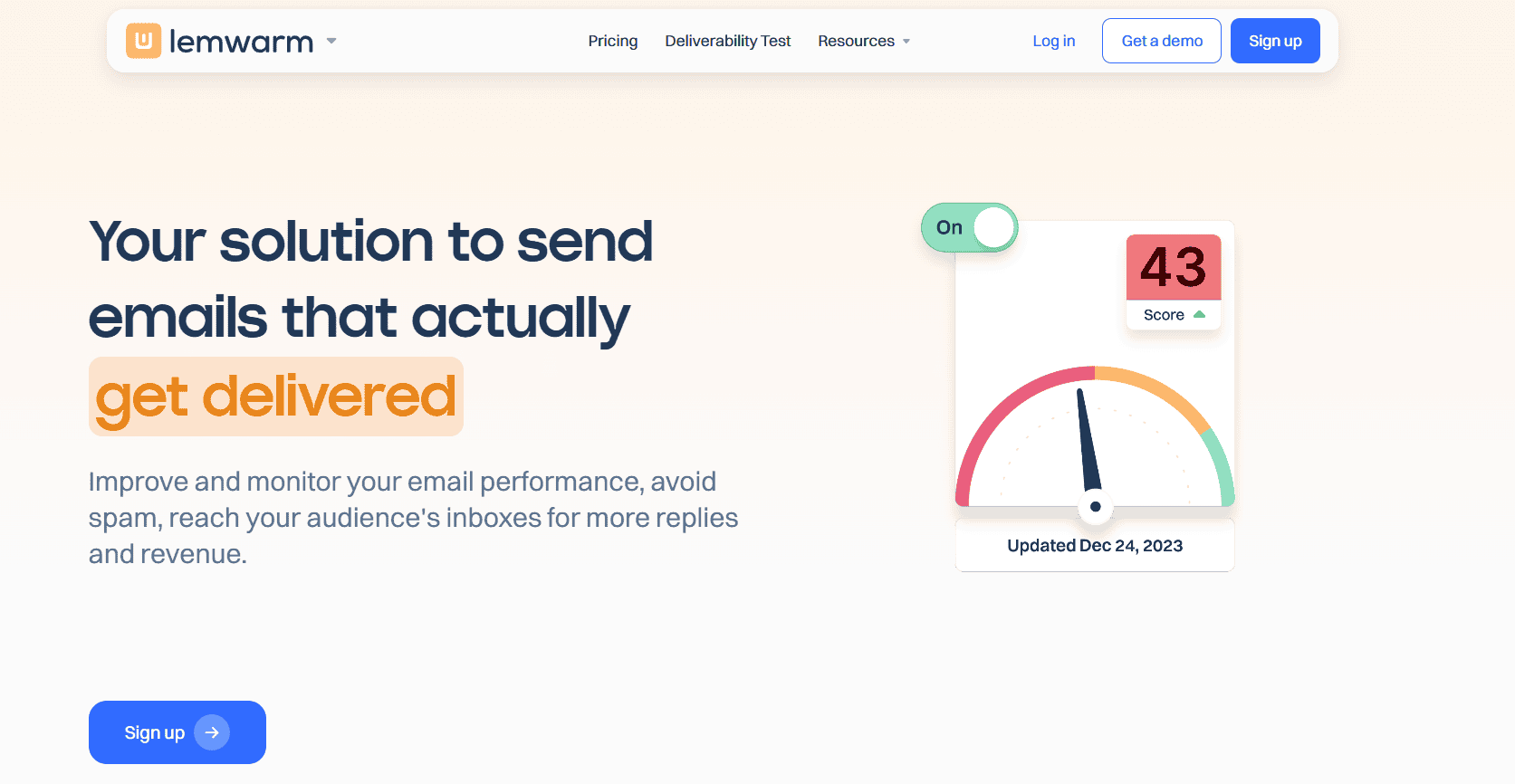
There are a few other tools in this space that are worth a quick mention.
- Inbox Radar is one I’ve used mainly for placement testing and spam scoring. It’s lightweight, affordable, and does exactly what it says without a ton of extras.
- Lemwarm is another option if you’re in the cold email world. It’s simple, built to keep inboxes warm, and ties in neatly if you’re already using Lemlist.
- MailReach and Warmup Inbox, which cover similar ground but tend to run pricier.
I wouldn’t call any of these full replacements, but they could give you more perspective beyond InboxAlly and TrulyInbox.
Conclusion
Deliverability isn’t something you can afford to ignore. Whether you lean toward TrulyInbox’s simplicity and scale or InboxAlly’s deep diagnostics, the point is the same: without consistent inbox placement, the rest of your email strategy doesn’t matter. Both tools can help fix that, but which one works best comes down to your workflow and budget.
My advice: take advantage of the free trials and test them side by side. You’ll know pretty quickly which one feels right for you.

